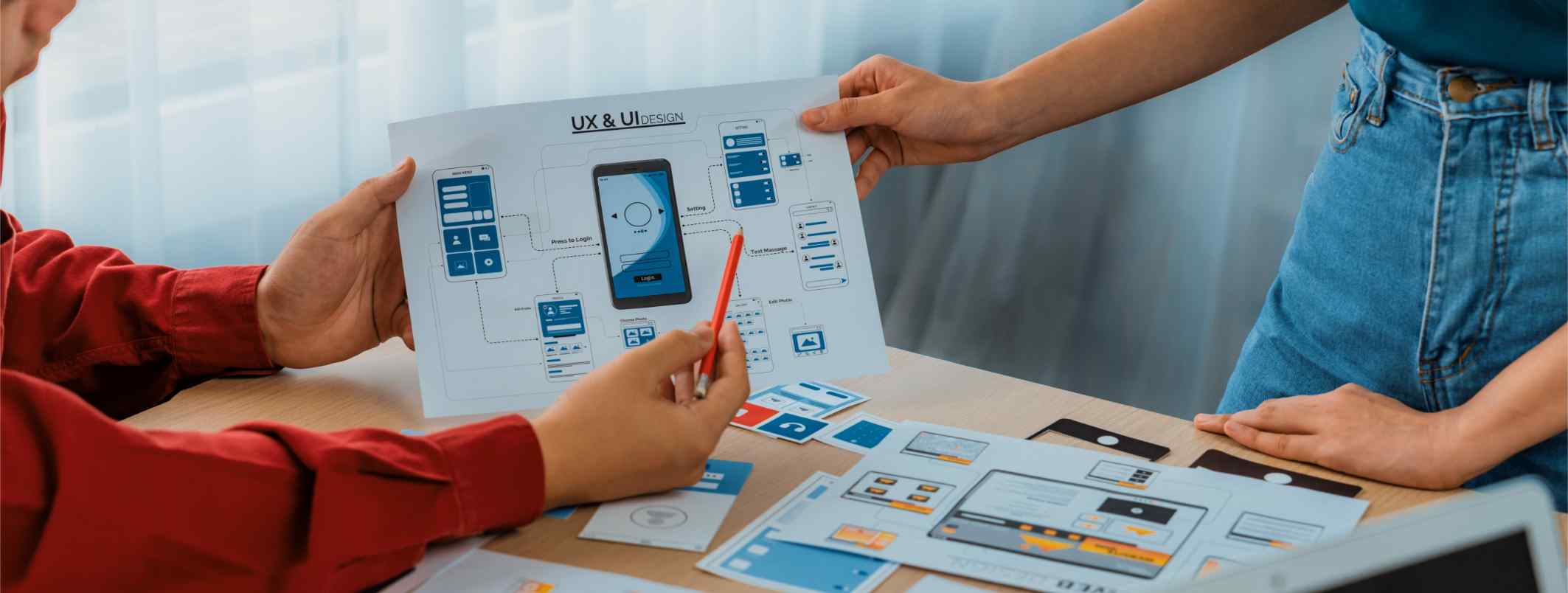User Experience (UX) design plays a pivotal role in the success of any digital product or service. A well-designed user experience can enhance user satisfaction, increase engagement, and drive conversions. In this comprehensive guide, we will delve into essential UX design tips that can help you create exceptional user experiences.
Understanding UX Design
UX design focuses on creating products or services that are easy to use, intuitive, and enjoyable for users. It involves understanding user needs, behaviors, and preferences and designing experiences that meet and exceed their expectations.
Key UX Design Principles
- Empathy: Understand your users’ needs, goals, and pain points through user research and testing.
- Clarity: Ensure your interface is clear, uncluttered, and easy to navigate.
- Efficiency: Make it easy for users to accomplish their tasks quickly and efficiently.
- Relevance: Provide content and features that are relevant to your users’ needs.
- Consistency: Maintain consistency throughout your design, using a unified visual language and interaction patterns.
UX Design Tips
-
Conduct User Research:
- Personas: Create detailed user personas to represent your target audience.
- User Interviews: Conduct interviews to gather insights into user needs and behaviors.
- Usability Testing: Observe users as they interact with your product or service to identify pain points and areas for improvement.
-
Prioritize User Goals:
- User Journey Mapping: Map out the user’s journey from initial discovery to goal achievement.
- Task Analysis: Break down complex tasks into smaller, more manageable steps.
-
Design for Clarity and Simplicity:
- Minimalist Design: Use a minimalist approach to avoid overwhelming users with too much information.
- Clear Labeling: Use clear and concise labels for buttons, fields, and navigation elements.
- Consistent Visual Hierarchy: Use visual hierarchy to guide users’ attention to the most important elements.
-
Optimize for Mobile:
- Responsive Design: Ensure your website or app is responsive and adapts to different screen sizes.
- Touchscreen Optimization: Design elements and interactions that are optimized for touchscreens.
-
Test and Iterate:
- A/B Testing: Conduct A/B tests to compare different design variations and identify the most effective approach.
- Iterative Design: Continuously gather feedback and make improvements based on user testing results.
UX Design Best Practices for Specific Industries
- E-commerce: Prioritize clear product information, easy checkout processes, and secure payment options.
- Social Media: Design intuitive interfaces for sharing content, interacting with others, and discovering new content.
- Healthcare: Ensure compliance with accessibility standards and prioritize user privacy and security.
- Financial Services: Design interfaces that are easy to understand and instill trust.
Tools and Resources for UX Designers
- Sketch: A popular vector-based design tool for creating wireframes, mockups, and prototypes.
- Figma: A cloud-based design tool that enables collaboration and real-time editing.
- Adobe XD: A design tool integrated with the Adobe Creative Cloud suite.
- UserTesting: A platform for conducting user testing and collecting feedback.
- UXPin: A prototyping tool that allows for interactive prototyping and testing.
By following these UX design tips and utilizing the available tools and resources, you can create exceptional user experiences that drive customer satisfaction and business success. Remember, UX design is an ongoing process that requires continuous iteration and improvement based on user feedback.
